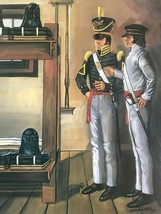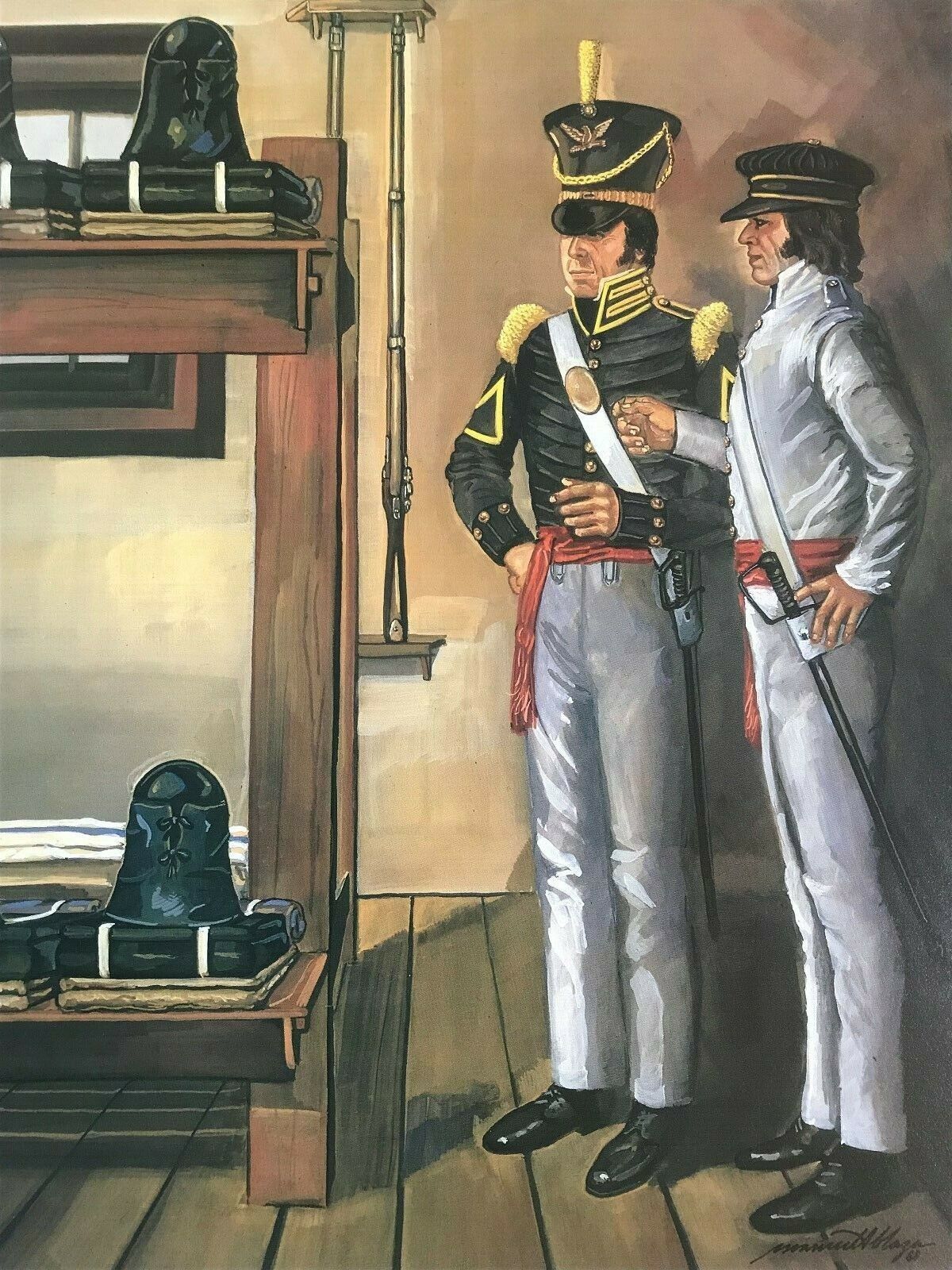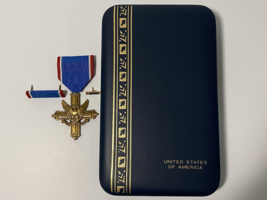The Nco, Images Of An Army In Action, Print, and 41 similar items
THE NCO, IMAGES OF AN ARMY IN ACTION, PRINT, GUARDIANS, MISSOURI, 1820's
$41.84 CAD
View full item details »
Shipping options
Seller handling time is 1 business day Details
No shipping price specified to CA
Ships from
United States

Return policy
Full refund available within 30 days
Details
Purchase protection
Payment options
PayPal accepted
PayPal Credit accepted
Venmo accepted
PayPal, MasterCard, Visa, Discover, and American Express accepted
Maestro accepted
Amazon Pay accepted
Nuvei accepted
View full item details »
Shipping options
Seller handling time is 1 business day Details
No shipping price specified to CA
Ships from
United States

Return policy
Full refund available within 30 days
Details
Purchase protection
Payment options
PayPal accepted
PayPal Credit accepted
Venmo accepted
PayPal, MasterCard, Visa, Discover, and American Express accepted
Maestro accepted
Amazon Pay accepted
Nuvei accepted
Item traits
| Category: | |
|---|---|
| Quantity Available: |
Only one in stock, order soon |
| Condition: |
New |
| Country/Region of Manufacture: |
United States |
| Type: |
Military Print |
Listing details
| Seller policies: | |
|---|---|
| Shipping discount: |
No combined shipping offered |
| Posted for sale: |
May 1 |
| Item number: |
1743628396 |
Item description
THE NONCOMMISSIONED OFFICER, IMAGES OF AN ARMY IN ACTION, PRINT, GUARDIANS OF STANDARDS, MISSOURI, 1820's
Color print measures 16" x 20". Printed on heavy cardstock and suitable for framing.
This Military print will be shipped in a tube for its protection.
Barracks inspection, always a major NCO duty, was especially important in the early nineteenth century. Strict discipline and standards were vital for a small Army trying to preserve a sense of professionalism despite being scattered across a vast frontier. In spartan barracks the NCOs had to enforce the clearly defined rules issued by the War Department.
Here the regimental sergeant major and the first sergeant inspect the furniture and equipment in a typical small frontier post.
During the early 1820s the Army's regular regiments were scattered in small detachments across the frontier or in coastal fortifications, living in austere barracks. Four men slept in a double-tier bunk, two men on each level, sharing the straw-filled bedsack and blankets. The soldier had to use his knapsack to store all his possessions.
Regulations issued in 1821 provided a clearly defined set of standards for uniform dress which the NCOs used in evaluating their men. European styles still influenced the design of American uniforms, as seen in the high collar trimmed in worsted lace. The regulation specified a different color trim for each branch, including the buttons. The infantry, for example, wore white; the yellow seen here indicates artillery.
Because the "Bell Crown" leather cap could be an agony on hot days, a workman's style forage cap would be introduced in 1828.
By 1820, the wearing of a sash and a sword (here, an 1819 Starr Contract model) served as badges of rank only for first sergeants and above. The 1821 regulations
introduced to the uniform shoulder wings causing chevrons, rather than the traditional epaulets, to mark the uniform as that of a regimental sergeant major shown at the left. The summer fatigue dress worn by the company first sergeant on the right had no additional insignia.
|
Why are we showing these items?
Booth
BlueGrass Militaria |
|

-
Refine your browsing experience
We can show you more items that are exactly like the original item, or we can show you items that are similar in spirit. By default we show you a mix.
This item has been added to your cart
 THE NCO, IMAGES OF AN ARMY IN ACTION, PRINT, GUARDIANS, MISSOURI, 1820's added to cart.
Only one available in stock
THE NCO, IMAGES OF AN ARMY IN ACTION, PRINT, GUARDIANS, MISSOURI, 1820's added to cart.
Only one available in stock
View Cart or continue shopping.
 Please wait while we finish adding this item to your cart.
Please wait while we finish adding this item to your cart.
Get an item reminder
We'll email you a link to your item now and follow up with a single reminder (if you'd like one). That's it! No spam, no hassle.
Already have an account?
Log in and add this item to your wish list.






